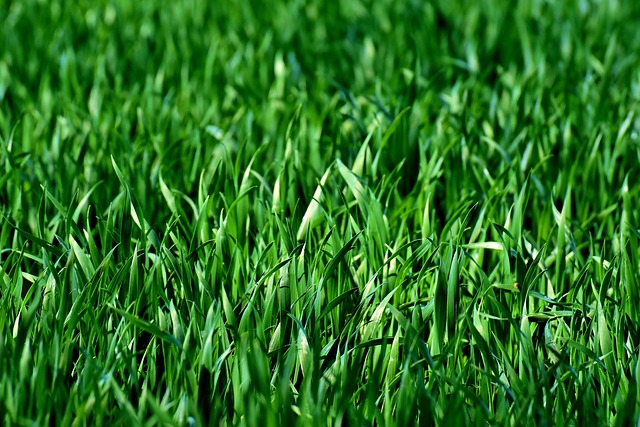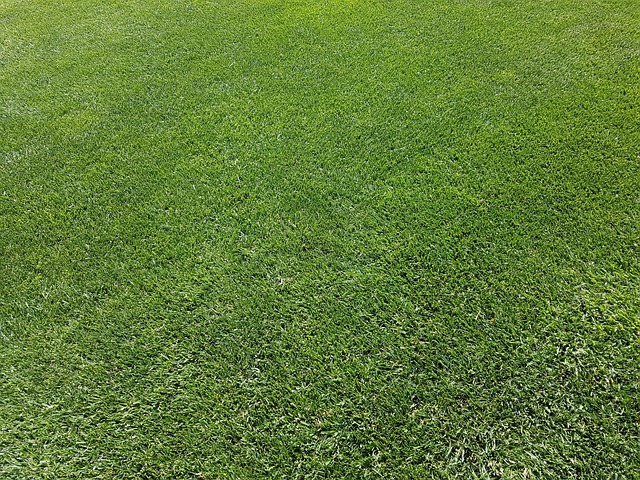Optimizing lawn care around Centennial pipelines through strategic watering, smart irrigation, and tailored herbicidal applications is crucial for industrial weed control. This comprehensive approach balances pipeline integrity and aesthetic appeal by mitigating overwatering and drought stress. Regular monitoring and targeted application methods ensure early infestation detection, reduce chemical usage, and preserve the environment while maintaining a healthy lawn. Strategic water distribution through advanced systems enhances efficiency, conserves resources, and prevents weed growth near pipelines, ultimately supporting structural integrity.
In the quest for lush, vibrant lawns, efficient watering practices are key. This article explores how optimizing lawn plant watering schedules can enhance turf health while conserving water—a critical resource in many regions. We delve into the science behind watering patterns and their profound impact on grass growth. Additionally, we present industrial weed control strategies specifically tailored for areas near Centennial’s pipelines, ensuring both effective vegetation management and environmental stewardship.
- Understanding Watering Patterns and Their Impact on Lawns
- Implementing Industrial Weed Control Strategies Near Pipelines
- Optimizing Water Distribution for Efficient Lawn Care
Understanding Watering Patterns and Their Impact on Lawns

Understanding watering patterns is key to optimizing lawn care, especially in industrial settings like those surrounding Centennial pipelines. Overwatering can lead to weed growth along pipelines, as excess moisture creates ideal conditions for seeds to germinate. This not only compromises the aesthetic appeal of the area but also poses potential safety hazards and increases maintenance costs. On the other hand, infrequent watering can result in drought stress, making lawns susceptible to damage and disease.
By studying local climate data, soil types, and specific weed species prevalent in the region, landscaping professionals can devise efficient watering schedules tailored to Centennial’s unique needs. Implementing smart irrigation systems that use sensors to monitor moisture levels can further enhance water conservation efforts, ensuring pipelines remain clear of weeds while maintaining a healthy, vibrant lawn.
Implementing Industrial Weed Control Strategies Near Pipelines

Implementing effective industrial weed control strategies near pipelines is essential for maintaining a healthy lawn and ensuring pipeline integrity in areas like Centennial. With proper management, you can minimize the risk of weed growth that might encroach on these vital infrastructure assets. The first step involves identifying suitable herbicidal products designed for industrial applications, considering environmental impact, and following safety guidelines strictly. Targeted application methods, such as spot treatment or specialized equipment, help reduce chemical usage and minimize ecological disruptions.
Regular monitoring is crucial after implementing any weed control measure. By staying proactive, you can catch potential weed infestations early, preventing them from spreading near pipelines. This proactive approach not only conserves resources but also safeguards the pipeline’s structural integrity by eliminating weeds that could disrupt operations or cause damage over time.
Optimizing Water Distribution for Efficient Lawn Care

Optimizing water distribution is a key aspect of efficient lawn care, especially in areas like Centennial where industrial weed control along pipelines is essential. By implementing strategic watering schedules, homeowners and landscaping professionals can ensure that each part of the lawn receives adequate hydration while minimizing water waste. This involves understanding the unique needs of different grass types, soil conditions, and weather patterns throughout the year.
Using smart irrigation systems and sensors can significantly enhance water distribution efficiency. These technologies allow for customized watering programs based on real-time data, such as soil moisture levels and weather forecasts. For instance, scheduling deeper but less frequent waters during cooler mornings or evenings reduces evaporation rates compared to frequent light irrigations. Additionally, targeting specific areas prone to weed growth, like pipelines, with precise water application helps maintain a healthy lawn while preventing invasive species from establishing.
By understanding watering patterns, implementing effective industrial weed control strategies along pipelines near Centennial, and optimizing water distribution systems, homeowners can achieve a lush, healthy lawn while promoting sustainable water usage. These practices not only ensure the longevity of your lawn but also contribute to the overall environmental health of your community.
